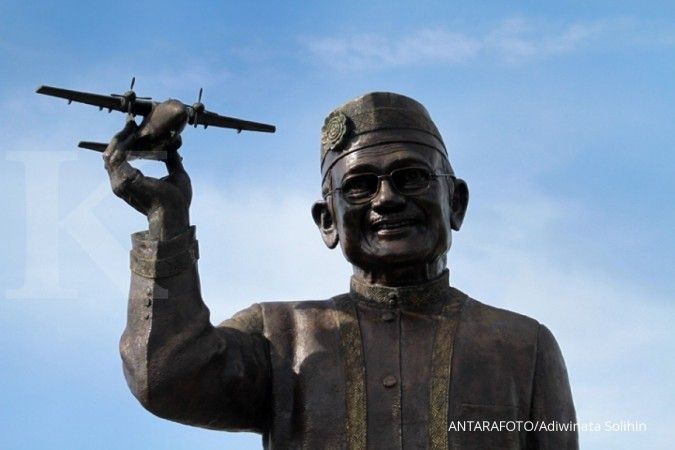
Mixed effects logistic regressions were used to assess hereditary patterns of asthma and mediation analysis was performed to estimate the potential mediation effect of parents on the association between grandparental asthma and childhood asthma.Results: The magnitude of ORs for childhood asthma increased as the number of family members affected by asthma increased. Information on their and their family members' (parents, paternal grandparents, and maternal grandparents) asthma status were reported by children's parents or guardians. Objective: To evaluate the associations between childhood, parental, and grandparental asthma.Methods: We studied 59,484 children randomly selected from 94 kindergartens, elementary, and middle schools in seven Chinese cities from 2012 to 2013, using a cross-sectional survey-based study design.

Her father and grandmother carried the same mutation, but her mother and sister did not.Conclusions: We found a new potentially pathogenic mutation of COL4A4 in a patient with autosomal-inherited AS, which presented as nephrotic syndrome in infancy. We detected a new COL4A4 mutation in the proband, namely c.1715delG (p.G572Vfs * 81) in exon 24. Her father did not develop microscopic hematuria until 10 years later, while her grandmother had asymptomatic hematuria and proteinuria when the proband was diagnosed. The segmental BM was loosened and widened. Electron microscopy showed uneven GBM thickness, with the dense basement membrane (BM) layer obviously delaminated and torn, showing a typical “lace-like” change. Renal biopsy was performed 2 years after disease onset light microscopy showed glomerular segmental mesangio-proliferative lesions, and type IV collagen staining showed the loss of the α3 chain in the glomerular and tubular basement membrane (GBM and TBM) and α5 chain loss in the GBM. Her treatment course was complicated by steroid resistance and a poor response to cyclosporine A and cyclophosphamide pulse therapy. Family identity seems to be most interesting to Suetonius when it goes against expectations, and that is when Suetonius’ family trees are most elaborate.īackground: The aim of this study was to report the clinical features and mutations in a patient with autosomal-inherited Alport syndrome (AS).Methods: We examined the clinical data, mutation analysis results, and family tree of a patient with autosomal-inherited AS, who had nephrotic syndrome as her first manifestation.Results: The proband was a girl of 11 months who presented with nephritic and nephrotic syndromes including gross hematuria but had a normal renal function. I focus on these two emperors because they are individuals where there is a known family identity in other sources and they also have the most detailed and elaborate ancestry sections in Suetonius’ Caesars. In this study I concentrate on Nero and Tiberius. It would be perfectly obvious for Suetonius to use the family identities already in use for well-known families, but, as I show here, Suetonius’ selection of ancestors creates different family identities rather than simply using the traditional ones he would have found in other sources.

There, it was the association of a family with a certain characteristic, a kind of ‘branding’. Gary Farney studied ‘family identity’ as a phenomenon of the Republic. This particular rhetorical strategy relies upon an older phenomenon of ‘family identity’-namely, the literary application of similar characteristics to people in the same family-such as the one that tells us that the Claudii are proud and the Domitii Ahenobarbi are ferocious. These family trees are often rhetorical, foreshadowing in the ancestors character traits that will be themes of the rest of the Life.

Suetonius’ Lives of the Caesars usually begin with a family tree.


 0 kommentar(er)
0 kommentar(er)
